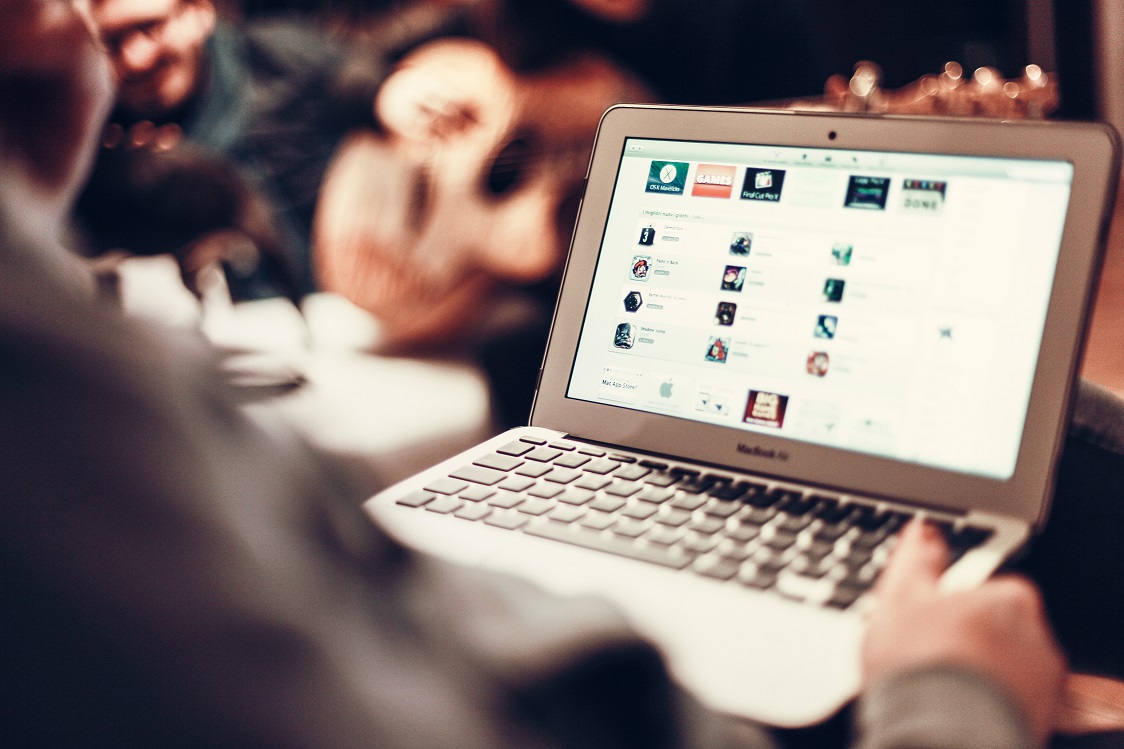Views expressed in opinion columns are the author’s own.
The first time I visited the University of Maryland, I sat in on an introduction to psychology class. The professor was an amazing lecturer and the class was incredible, but something bothered me throughout the hour-and-a-half lecture. The person in front of me was watching Survivor on his laptop. I found this incredibly distracting, and I can’t imagine how I would have done if I was tested on the material. This experience is one of many that exemplifies why students need to be more considerate about how they use their laptops in class.
As the more studious students among us begin writing their final review sheets and compiling their notes, many of them are looking at their old notes on their laptop. Studies have been conducted on the effects of laptops on learning, which adversely affect the smartest students the most. However, for many reasons, students still prefer to use laptops as their primary note taking device, and that is their prerogative. But 75 percent of students report that using their laptop in class increased their time spent on activities unrelated to the course.
Research shows that unrelated laptop use during class can distract not only the user but also those nearby. To create a classroom environment conducive to learning we must not harm others’ education. I am not asking students to stop using laptops or stop doing outside work during class. While that is a noble endeavor, as I write this article during class, that would be entirely hypocritical. I am, however, asking that we be considerate about what we do in class and where we sit in the classroom.
Certain actions, such as browsing social media, watching videos and surfing the web are more distracting than typing on a word document. If students are going to conduct outside work during class, they should be limiting the content to text documents. Secondly, if a student knows they will be conducting unrelated work in the classroom, where they sit matters. The obvious location is the back of the classroom — no one can be distracted if no one can see what you are doing. Another choice is the side of the classroom, as it limits the number of people who can see your screen.
It’s also important to consider students with certain disabilities need laptops to take notes. They shouldn’t necessarily be relegated to the back of the classroom. If a person chooses to sit in front of others, they accept the responsibility of being sensitive about what is flying across their screen. While it may seem harmless, many students are harmed by one student’s negligence.
We are all guilty of sitting in front of another student and doing unrelated work. But when we do that we not only hinder our own learning but prevent others from focusing. These informal rules of the classroom will allow each person the prerogative to use their own laptop while not significantly harming the classroom environment.
Moshe Klein is a senior government and politics major. He can be reached at mosheylklein@gmail.com.



